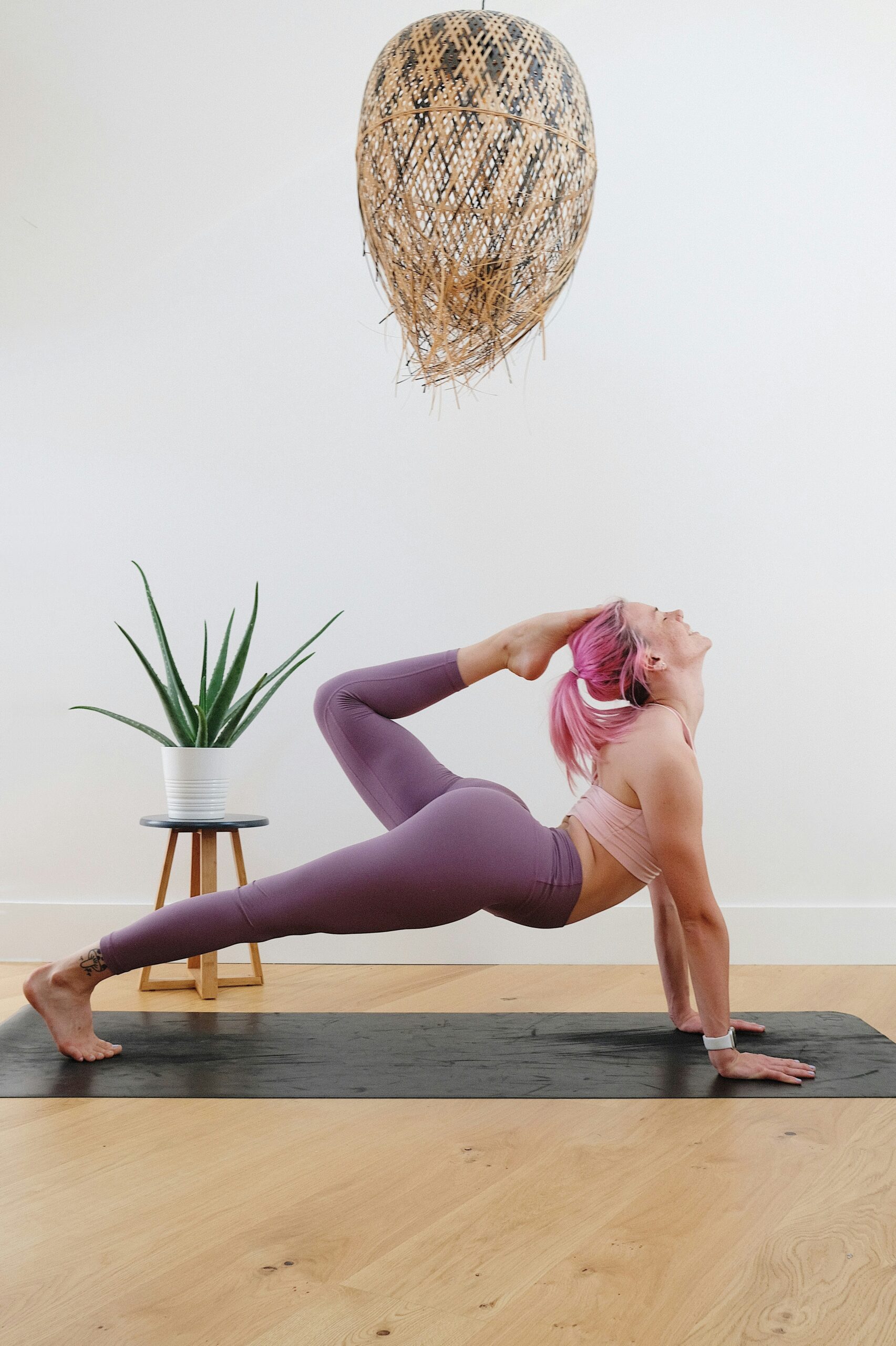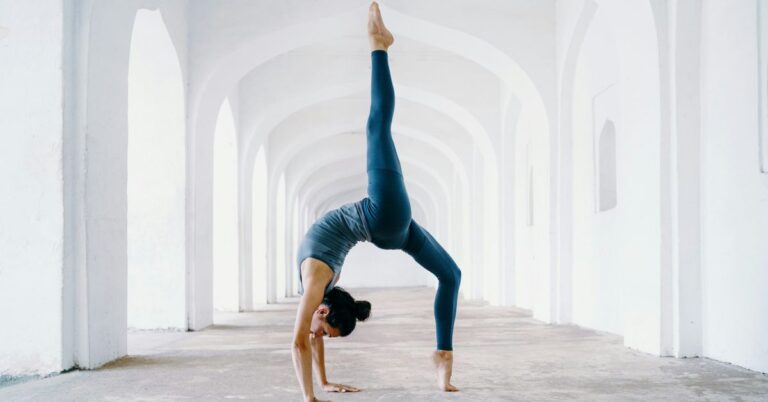Introduction: The Dance of Mind and Body
What if I told you that the key to unlocking your athletic potential lies in the way you move, think, and breathe? Sounds a bit esoteric, doesn’t it? Yet, in the realms of sports and fitness, the concept of mindful movement is gaining traction like a sprinter off the blocks. It’s not just about pumping iron or running laps; it’s about harmonizing your mind with your body, creating a symphony of movement that enhances performance and well-being.
As someone who has spent years in the sports journalism arena, I’ve seen the evolution of training methodologies. I remember when the focus was solely on physical prowess—bigger, faster, stronger, right? But now, it seems we’re awakening to a more holistic approach. Mindful movement is not just a trendy buzzword; it’s a transformative practice that can elevate your game, whether you’re a weekend warrior or a seasoned pro.
The Essence of Mindful Movement
At its core, mindful movement is about being present in your body and aware of your breath, posture, and the mechanics of your movement. It’s akin to meditative practices but with a twist—rather than sitting still, you’re engaging in physical activity. Think yoga, tai chi, or even a brisk walk in nature. You’re not merely going through the motions; you’re tuning into the rhythm of your body.
Dr. Jane Miller, a sports psychologist, emphasizes that this practice can reduce performance anxiety and improve focus. “When athletes become more aware of their bodies, they can better manage stress and enhance their concentration,” she says. It struck me that this could be the secret sauce in what separates the good from the great.
How Mindful Movement Can Transform Performance
The benefits of incorporating mindfulness into movement are manifold. Here’s a breakdown that might resonate with both casual joggers and elite athletes:
- Enhanced Focus: Being present helps athletes absorb information from their environment, leading to quicker reactions. Think of a basketball player anticipating the next move of their opponent.
- Improved Technique: Mindful movement encourages a deeper understanding of form and technique, which can lead to fewer injuries. A runner who pays attention to their stride can avoid the dreaded shin splints.
- Increased Enjoyment: When athletes engage with the joy of movement rather than just the end goal, they cultivate a more positive relationship with their sport. Remember that feeling of pure joy when you first learned to ride a bike?
- Stress Reduction: Mindfulness has been shown to reduce cortisol levels, which can be particularly beneficial during high-stakes competitions. Less stress = better performance; simple math, right?
Case Studies: Real Stories from the Field
To paint a clearer picture, let me share some compelling stories from the field. Take the case of Sarah, a marathon runner who struggled with anxiety before races. After incorporating mindfulness techniques into her training, she reported feeling more relaxed and focused. “It’s like I finally found the calm in the storm,” she said, recalling the difference in her mental state during races.
Similarly, consider the journey of a local high school soccer team that adopted mindfulness practices as part of their regimen. Coach Tom noticed an uptick in not only performance but camaraderie among players. “They started communicating better on the field, and I think it’s because they were more in tune with each other,” he remarked. Who would have thought that a little mindfulness could spark such synergy?
Practical Tips for Incorporating Mindful Movement
Alright, so you’re probably wondering how to get started. Fear not! Here are some practical tips to incorporate mindful movement into your training, whether you’re hitting the gym or the track:
- Start with Breath: Begin each workout with deep breathing exercises. Inhale for a count of four, hold for four, and exhale for four. This will ground you and prepare your mind for movement.
- Focus on Form: Pay attention to your posture and alignment. Whether you’re lifting weights or stretching, being aware of how your body feels in space can prevent injuries.
- Limit Distractions: Put down your phone (unless you’re using it for a guided meditation). Create an environment that fosters focus—music can be great, but try to avoid anything overly distracting.
- Incorporate Mindfulness Practices: Consider adding yoga or tai chi to your routine. These practices inherently blend movement with mindfulness.
- Reflect Post-Workout: Spend a few moments after your session to reflect on how you felt. What worked? What didn’t? This self-awareness can lead to improved future performance.
The Science Behind Mindful Movement
Now, let’s dive into the nitty-gritty of the science behind mindful movement. Research suggests that mindfulness can alter brain function, enhancing areas related to attention and emotional regulation. A study published in the journal Neuroscience Letters found that participants who engaged in mindfulness meditation showed increased gray matter density in the brain regions associated with memory, emotional regulation, and self-referential processing.
Moreover, a meta-analysis conducted in 2021 explored the effects of mindfulness on athletic performance and concluded that athletes who practiced mindfulness were likely to see improvements in focus, anxiety reduction, and overall performance. It’s fascinating how a simple shift in awareness can have such profound effects on our bodies and minds.
Mindful Movement in Different Sports
Mindful movement isn’t confined to yoga studios or meditation classes. It can be applied across various sports and fitness disciplines. Let’s break this down by sport:
Running
For runners, mindful movement can mean tuning into each footfall, paying attention to the rhythm of your breath, and connecting with your surroundings. Trail runners, in particular, have a unique opportunity to practice mindfulness as they navigate the changing terrain and engage their senses in nature.
Team Sports
In sports like basketball or soccer, mindfulness can enhance communication and teamwork. Players who practice being present are more likely to read their teammates’ body language, leading to better coordination on the field. It’s like having a sixth sense, only way cooler.
Strength Training
For those in the weight room, focusing on each rep with intention can lead to improved muscle engagement and technique. Instead of mindlessly counting sets, consider how each lift feels. You might just surprise yourself with how much more you can achieve.
Barriers to Mindful Movement
Despite its myriad benefits, mindfully moving can come with challenges. Let’s be real—our fast-paced lives often leave little room for reflection. The pressure to perform can overshadow the joy of movement. I mean, who hasn’t felt the urge to rush through a workout just to tick it off the list? But overcoming these barriers is essential for harnessing the power of mindful movement.
- Time Constraints: Squeezing in a workout can feel impossible. However, mindful movement can be integrated into shorter sessions, focusing on quality over quantity.
- Preconceived Notions: Some might believe mindfulness is only for yogis or meditation enthusiasts. But it’s accessible to everyone, no matter your fitness level.
- Inertia: Breaking old habits can be tough. Incorporating mindfulness requires a shift in mindset, but the rewards are well worth the effort.
Mindfulness Beyond Movement
Mindful movement naturally leads us to think about mindfulness in broader contexts. It’s not just a practice confined to the gym or the field; it’s a lifestyle. Cultivating mindfulness outside of physical activity—through meditation, journaling, or even mindful eating—can enhance your overall well-being. I remember trying to eat my lunch without distractions one day, and let me tell you, the flavors came alive in ways I hadn’t experienced before. Who knew a simple salad could taste so vibrant?
Mindfulness and Recovery
Recovery is an often-overlooked aspect of sports and fitness, but it’s crucial for long-term success. Mindful movement can play a significant role in recovery, helping athletes tune into their bodies’ signals. Practices like gentle stretching or restorative yoga can aid in muscle recovery while promoting relaxation and mental clarity. It’s like giving your body a well-deserved spa day—who wouldn’t want that?
Conclusion: The Journey Ahead
As we navigate the evolving landscape of sports and fitness, the call for mindful movement grows louder. It’s a clarion call to athletes of all levels to embrace the connection between mind and body, to unleash untapped potential through awareness and intention. Whether you’re setting a personal best or simply enjoying a leisurely stroll, remember that every movement is an opportunity to engage with the present moment.
So, as you lace up your sneakers or grab your yoga mat, consider how you can incorporate mindfulness into your routine. It’s not just about the destination; it’s about the journey and the awareness you cultivate along the way. And trust me, the rewards will far exceed the effort you put in.
Now, go forth and move mindfully—your body and mind will thank you later!













